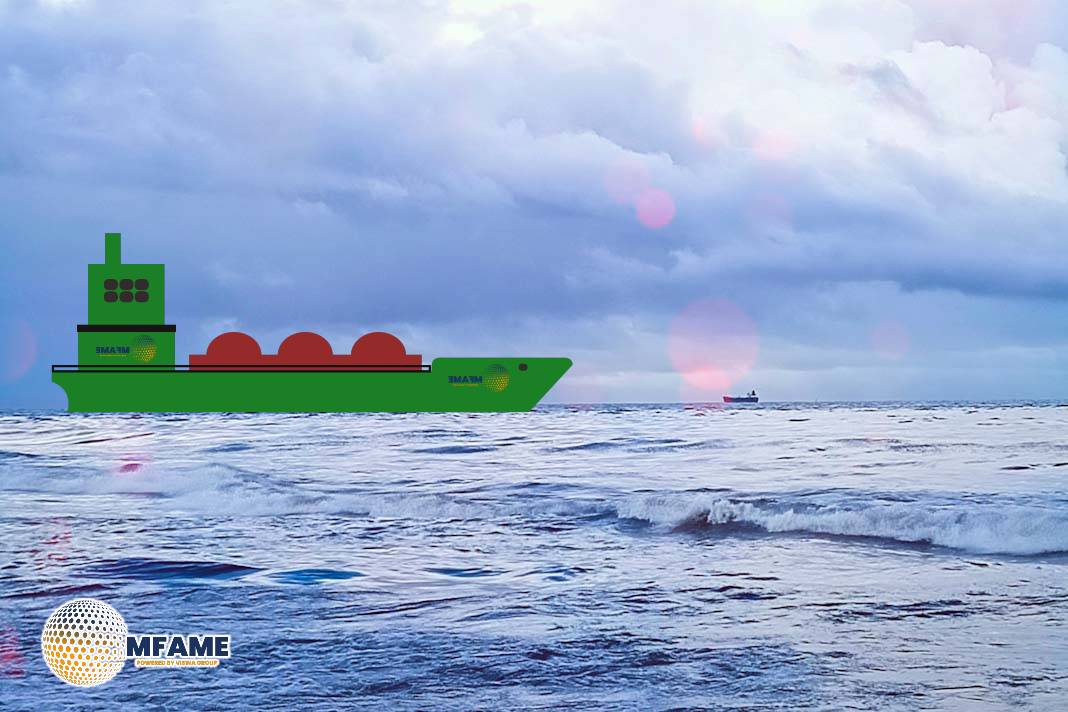The Baltic Exchange, in its Weekly Gas Market Report for Week 43, highlighted a steady upswing in the LNG sector while LPG rates softened across major routes amid shifting supply dynamics.
LNG Market Overview
The LNG freight market remained strong this week, supported by tightening vessel availability and sustained cargo demand. Rates on the Australia–Japan route for 174k cbm vessels climbed to around US $28,400 per day, marking a weekly increase of about US $4,500, while the 160k cbm segment advanced by nearly US $6,900 to reach US $20,000 per day.
Across the US Gulf–Continent corridor, freight levels strengthened further, with 174k cbm tonnage rising by US $3,800 to US $34,000 per day and 160k cbm vessels improving by US $4,900 to US $21,800 per day. On the US Gulf–Japan trade, rates followed a similar upward path — 174k cbm earnings moved up by US $3,250 to US $38,400 per day, while 160k cbm vessels saw a gain of US $4,600, reaching US $23,900 per day.
Time-charter activity reflected this firm sentiment, with short- and medium-term contracts edging higher. Six-month periods averaged US $30,900 per day, one-year terms reached US $33,500 per day, and three-year fixtures advanced to around US $52,000 per day.
LPG Market Developments
In contrast, the LPG sector experienced mild rate declines across principal routes as market fundamentals eased. On the Ras Tanura–Chiba trade, rates slipped by nearly US $2.83 per metric tonne to about US $57.75 per tonne, while daily earnings declined by approximately US $3,283 to US $44,073 per day.
The Houston–Flushing route saw a reduction of around US $0.75 per tonne, settling near US $60.75 per tonne, accompanied by a drop in earnings of about US $1,691 to US $63,541 per day. Meanwhile, on the Houston–Chiba route, rates fell roughly US $2.00 per tonne to US $113.50 per tonne, with corresponding daily returns easing by US $1,739 to US $48,355 per day.
The subdued LPG performance was primarily linked to weaker enquiry levels, a lengthening tonnage list, and a temporary lull in spot demand, collectively softening market momentum.
Outlook
While the LNG segment continues to benefit from solid utilization and tightening availability, the LPG market remains pressured by oversupply concerns. Both sectors, however, demonstrate that freight dynamics are likely to stay sensitive to near-term demand shifts as winter approaches.
Did you subscribe to our daily Newsletter?
It’s Free — Click here to Subscribe!
Source: The Baltic Exchange

















